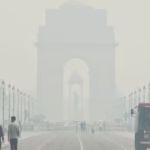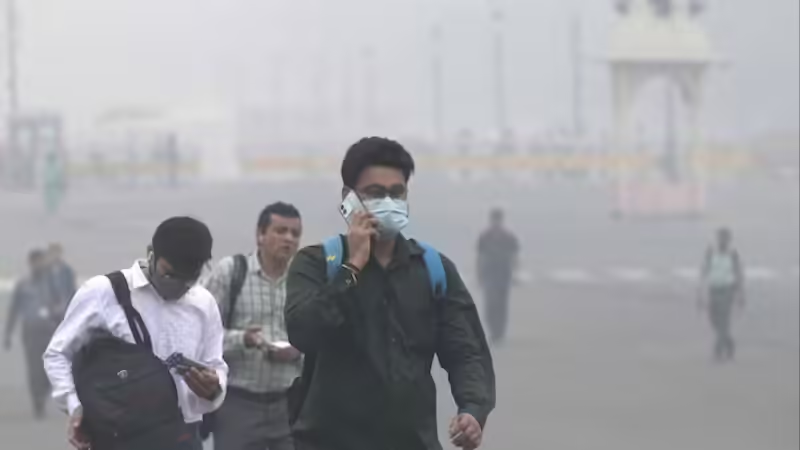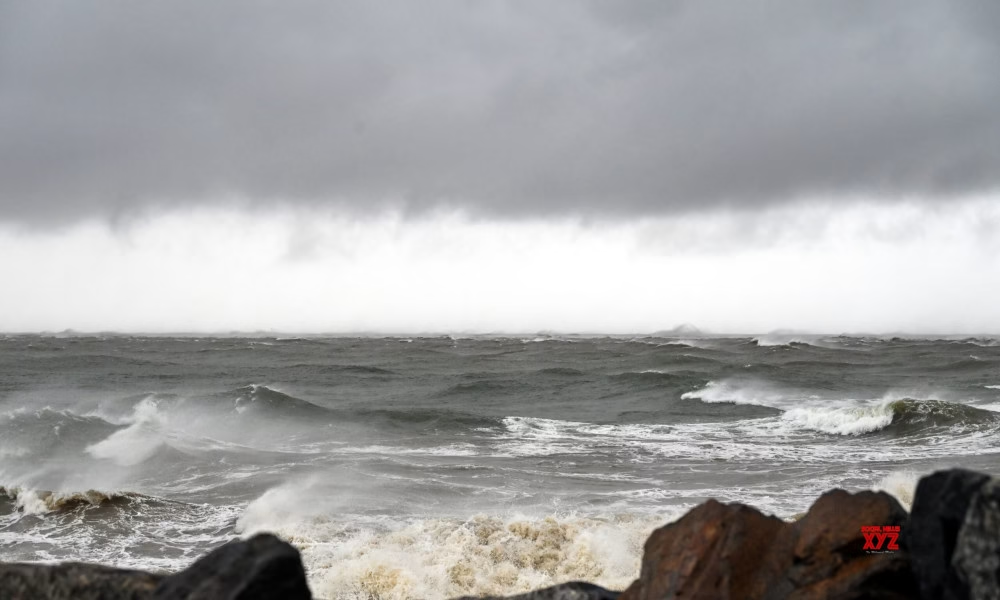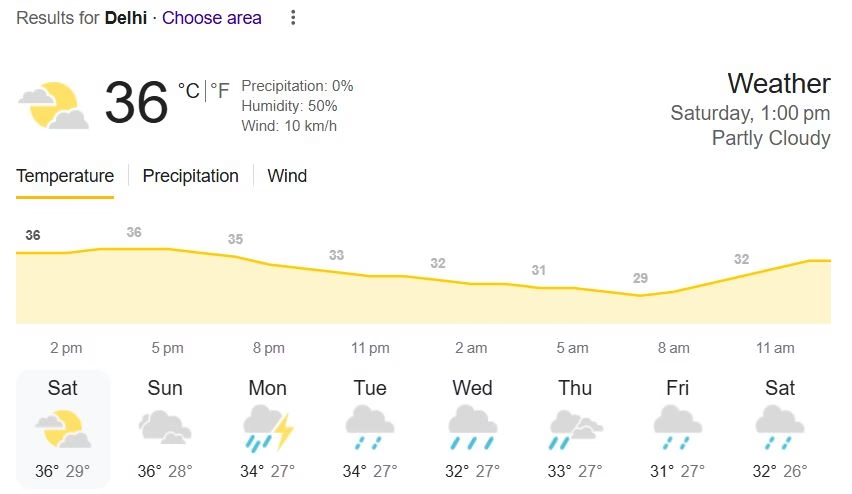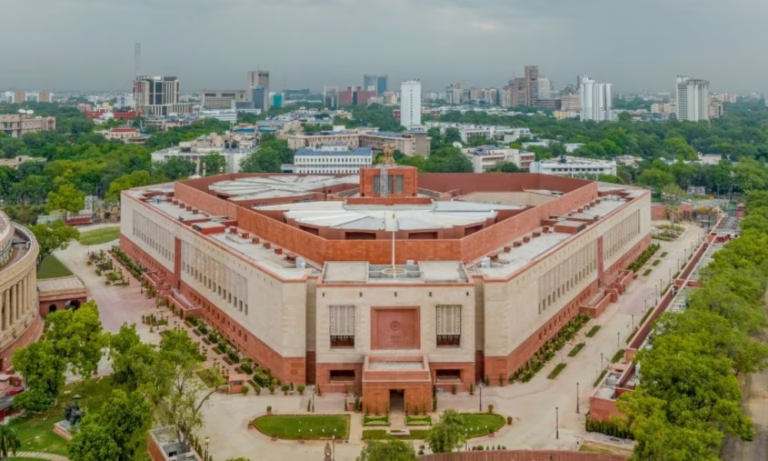Delhi Chokes as Air Quality Hits “Severe-Plus”
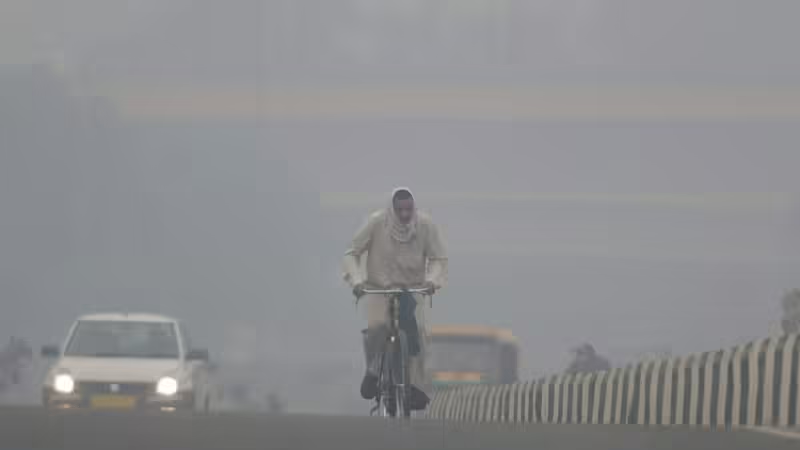
source : Google
Today, Delhi woke up to a grim reality: its air quality has plummeted to hazardous levels, with the Air Quality Index (AQI) soaring to an alarming 481—the highest recorded this season. A dense layer of toxic smog blanketed the city, reducing visibility to a mere 150 meters in areas like Palam and forcing significant disruptions to daily life. This dire situation has prompted the implementation of emergency measures under Stage 4 of the Graded Response Action Plan (GRAP).
The Capital’s Breathless Struggle
Delhi’s air quality is currently in a crisis, with pollutants accumulating due to unfavorable weather conditions. Visibility issues have disrupted transportation, delaying trains and grounding flights. Data from the System of Air Quality and Weather Forecasting and Research (SAFAR) places the city’s AQI firmly in the “severe-plus” category, signaling life-threatening health risks even for healthy individuals.
What Does “Severe-Plus” Air Mean?
The AQI scale evaluates pollution levels, assigning health-based categories:
- 0-50: Good (safe for all)
- 51-100: Satisfactory
- 101-200: Moderate
- 201-300: Poor
- 301-400: Very Poor
- 401 and above: Severe
The “severe-plus” zone, with AQI readings above 450, is a public health emergency where outdoor exposure can cause severe health complications.
Emergency Measures Under GRAP Stage 4
In response to the hazardous conditions, the Commission for Air Quality Management (CAQM) has enforced the highest level of GRAP measures, including:
- Construction Halt: All construction and demolition activities, including public projects like highways and flyovers, have been suspended.
- Vehicle Restrictions: Older diesel trucks and non-essential vehicles are banned unless they meet strict green fuel standards.
- Remote Work: Offices are operating at 50% capacity, with many employees working from home.
- Education Suspension: Schools have canceled in-person classes for most grades except for critical exams.
Stubble Burning: A Perennial Contributor
Farm fires in neighboring states such as Punjab and Haryana have once again worsened Delhi’s pollution levels, contributing around 38% of the current smog. These emissions, coupled with stagnant wind patterns and cooler temperatures, trap pollutants closer to the ground, creating a hazardous mix.
Impact on Real Estate and Economy
The freeze on construction under GRAP Stage 4 has triggered delays in real estate projects, affecting both timelines and costs. Developers are adapting by focusing on non-polluting tasks like interior fittings and landscaping to keep projects moving. However, industry leaders are calling for balanced policies, suggesting exemptions for near-completion projects to minimize disruptions for homebuyers and developers alike.
The Need for Long-Term Solutions
While GRAP measures address immediate concerns, Delhi’s recurring air quality crisis calls for systemic changes. Combating pollution will require stricter regulations, investments in green technologies, and collaborative efforts across sectors. Tackling stubble burning, encouraging cleaner energy alternatives, and enhancing public transportation could be game changers in the fight for cleaner air.
Protecting Yourself
During this health emergency, residents are advised to take precautions:
- Limit outdoor activities, especially during early mornings and evenings.
- Use air purifiers indoors and wear N95 masks if stepping outside.
- Vulnerable groups, such as children, the elderly, and those with pre-existing conditions, should stay indoors.
Delhi’s battle with pollution is a stark reminder of the urgent need for sustainable urban living. Together, we must act decisively to ensure that clean air is not a privilege but a right for all. Let’s reclaim the skies above Delhi, one breath at a time.


